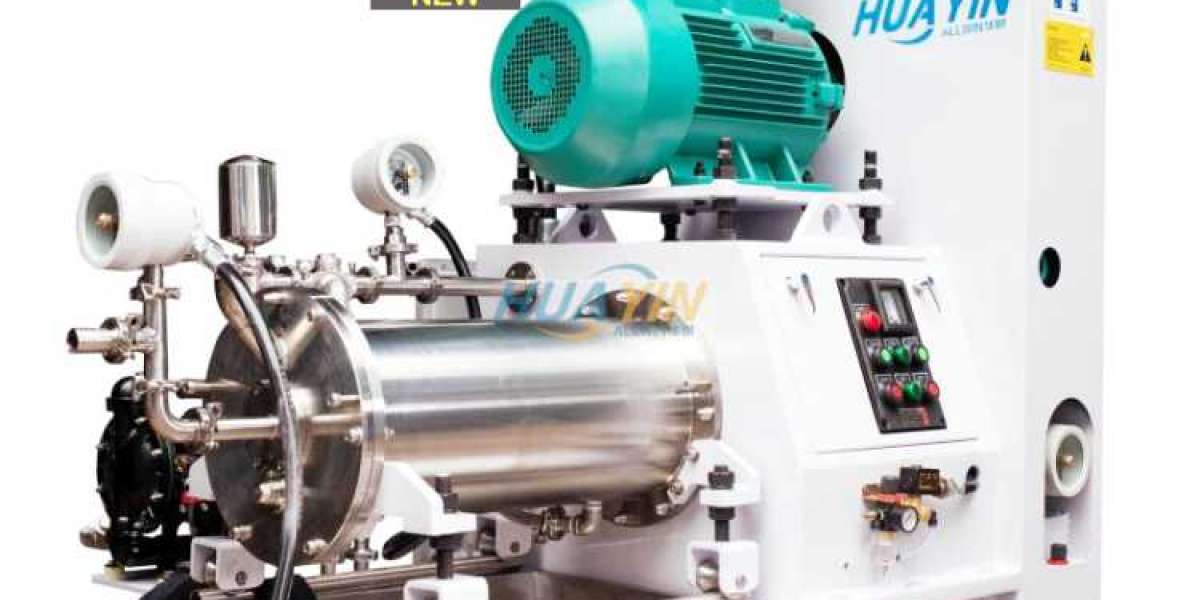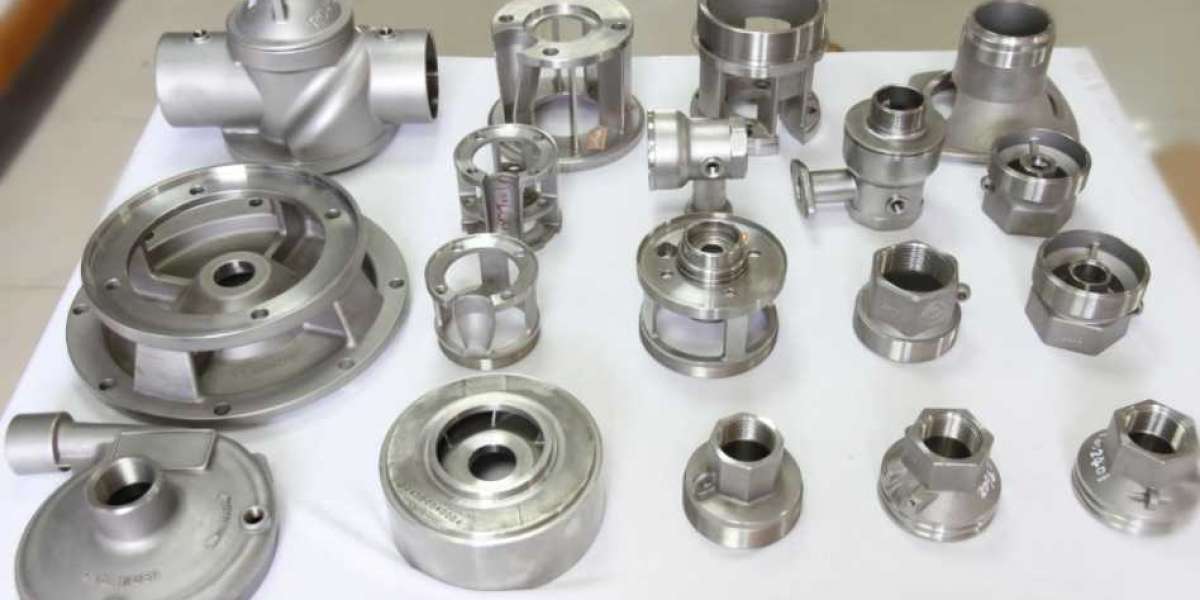Bead mills are also referred to as media mills, horizontal media mills or even a sand mill. Each of these mills uses bead/media to grind, impact, or shear down particles in a liquid or slurry. Materials flow through the chamber or the basket, depending on your mill, and pass over the media. As the particles come in contact the energy and force that is created by the mill combined with the media shears down particles. Particles are dispersed evenly throughout the liquid because of the attrition and rotation of the shafts and discs. Pressure applied to the particles from trying to move through the small gaps forces them to break down.
When you are setting up your media mill you need to be aware of the size media you are using and how much media you use in your mill. These two things will affect how the mill performs and your formulation. For example, if you have too much media it will act more like a filter letting materials through but holding back large particles. On the other hand if you have too little media the product will just flow through and you will have minimal to no particle size reduction occurring during the process. The best way to determine what amount of media you will need is to run some test batches.
Manufacturers need to also consider the actual size of the media they are using in their mill. Larger media provides less shear angle than smaller media. With smaller media you have more space for particles to pass through and a larger shear angle. If your materials have large agglomerate, smaller media will have no effect on the particles and you will have minimal to no shearing action. Consider your materials that you are working with to determine if you need larger media such as 4mm or if you can use a .1mm bead.
When it comes to solvent-based paints and inks, explosion-proof are often considered when considering equipment selection. When asking ELE professional engineers, they will actively ask whether the material is solvent based or water-based.
The explosion-proof of the bead mill is mainly the electrical part, and the mechanical part itself does not explosion. The explosion-proof bead mill mainly includes explosion-proof motors, explosion-proof control boxes, explosion-proof instruments and meters, and explosion-proof wiring. However, the power distribution cabinet is rarely explosion-proof. On the one hand, it is expensive to make the power distribution cabinet explosion-proof. On the other hand, it is really unnecessary. The power distribution cabinet can be placed in the power distribution room instead of the operation site. In addition to the determination of explosion-proof requirements, another important issue is sealing. There are many kinds of solvents and strong polarity. The requirements for sealing are completely different water-based materials. As far as the static seal is concerned, it is mainly the choice of the material of the O-ring.
Another more important component, the dynamic seal is also the mechanical seal, and the solvent should also be considered. It is very necessary for these to communicate clearly with ELE sales engineering.


